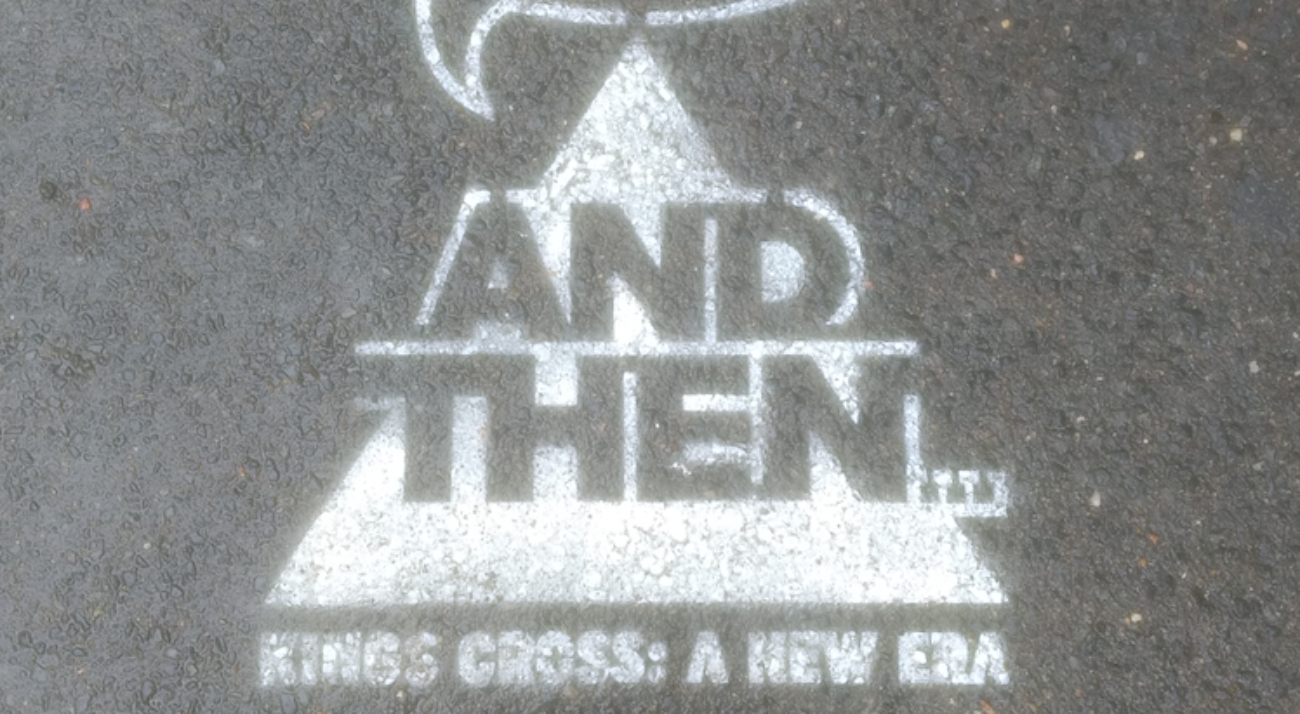 A couple of weeks ago, the National Assessment and Accreditation Council (NAAC) in Bangalore called a few of us from the UoH for a meeting. I decided to attend, mainly since we are rated 3.89 out of a maximum of 4 by the NAAC, and are therefore the leading ranked University in the country.
A couple of weeks ago, the National Assessment and Accreditation Council (NAAC) in Bangalore called a few of us from the UoH for a meeting. I decided to attend, mainly since we are rated 3.89 out of a maximum of 4 by the NAAC, and are therefore the leading ranked University in the country.
The reason I retain the adjective ranked in the sentence above is that it is perhaps meaningless to say we are the leading University in the country- since that can convey different things to different people. I know we are good in many ways, but I think- and I know that this feeling is shared by many of you- that we have a way to go before we can say we are “No. 1“.
The NAAC does a great job, given the rather variable landscape of higher education in the country. Of the 571 Universities in the country, there are many categories: Central, State, Deemed, Private… And these vary in size, from behemoths like Delhi University with 4,00,000 students, to the Central University of Tamil Nadu with something like 200… Not to mention that there are huge differences in quality, from the Homi Bhabha National University (TIFR in another guise) to Universities that exist in desk drawers if nowhere else….
Like many of us, I don’t take the No. 1 tag that seriously. Our strengths are obvious, as are our weaknesses. I therefore requested some colleagues who did attend the same meeting to put down on paper what we can learn from the NAAC exercise. And, more importantly, what we can do to make our University better.
I would greatly appreciate feedback and discussion on this topic. Please do write in, either in response to the post, or via email to rr @ uohyd. ernet. in. Thanks.
Here is their note:
Internal Quality Assurance: What the University of Hyderabad Can Do?
While national level organisations such as the NAAC carry out their role in upholding academic standards in the domain of higher education in the country, it is imperative that we at the University of Hyderabad come up with our own set of goals, standards and benchmarks. Quality Assurance is ideally tested by a set of internally verifiable mechanism as well as an evaluation expertly [and transparently] carried out by the peer group outside the University.
An effective quality assurance must fulfil, among others, the following requisites. It must be:
- Comprehensive
- Integrated
- Purposeful, and
- Ongoing.
Similarly, the assessment indicators would include, among others, the following:
- Curriculum aspects
- Teaching / Learning, Research Supervision
- Research, Consultancy and Extension
- Infrastructure and learning resources
- Student Support
- Innovative [administrative and management] practices.
The four components at our University comprise the Administration, Teachers, Students and the Non-Teaching Staff. While due attention is paid (or ought to be paid) to the quality of the Faculty in terms of their teaching and research capabilities, our University community regrettably does not articulate with sufficient firmness and clarity [perhaps due to a lack of political will] the role and responsibilities of the Student body, the Non-Teaching Staff and the University Administration. It should be our collective resolve therefore to see that along with rights, we should also have in place a protocol of duties and responsibilities fashioned by the Students, Administration and the Non-Teaching Staff themselves entirely by their own volition.
It may be added in this context that student centred education in our University and elsewhere has largely remained a concept rather than a practice, since we do not sufficiently insist that learning ought to be primarily done by the students themselves. What passes as seminars and class presentation, it must be admitted, have become largely a ritual rather than creative pedagogic tools. Further more, over the years; there has been a gradual decline in student performance. Indiscriminate monetary support regardless of performance or economic needs of the taught, relaxed standards and grade inflation due to face to face teaching and allied factors have been some of the features that might help explain the decline in the academic standard here. Periodical tests and term papers / class presentations have gone hand in hand increasingly with academic plagiarism and easy access to computers and audio-visual media. The latter have often become a substitute for true learning that believes in the acquisition of insights rather than a mere reproduction of information based on rote learning of a mechanical kind. Application of insights in an imaginative and creative manner in real life situations is what education ought to truly envisage. Is the education that we are imparting at the University of Hyderabad, at a premier institution of learning, serving this fundamental goal , we may ask.
Our search for excellence must also take into account the diversity of the student body, their composition in terms of class, caste, ethnicity and regional affiliations. While identities politics could be empowering, powerful interest groups on campus could also act at times against excellence by demanding separate turfs and exclusive terrains that militate against a truly integrated and inclusive approach that seeks to harmonize group interests. In other words, the question we must answer is : how do we reconcile the search for excellence with the equally important need for social equity? What kind of politics would motivate and empower the entire community here rather than serve sectional interests?
There are a few other aspects that merit our urgent attention. These may contribute to our thinking with regard to quality assurance in this university
- The pursuit of quality and excellence, as has been stated earlier, must be internally driven, especially in a relatively well-endowed central university like ours. [This need not prejudice assessment by an external agency like NAAC whose methodologies are yet tentative and evolving.] The internal goal-setting for the purpose, however, must be faculty-specific. This is because the needs, aspirations and constraints differ systematically across humanities, social sciences and sciences. While the idea of common guidelines across disciplines may have considerable appeal, we need not be bound by a straitjacket of uniform yardsticks or a set of procedures against which all the faculties would be judged.
- Each faculty/department may evolve and place in the public domain its own vision statement that informs its teaching/training programmes, research interests of faculty and demands for infrastructure. Globalisation of the kind we are going through seems to challenge our curricular designs in many disciplines and offers the potential for Indian universities to be leaders, rather than meek followers, of the Anglo-American centres.
- Courseware must be in the public domain. Very often, one colleague does not know or care about what others are teaching. While the individual teacher may be doing justice to his/her own course, his/her commitment to the philosophy and objectives of the teaching programme as a whole seems to be missing. Vision statements of this kind would vastly improve the way the University’s Annual Report would read.
- There is an urgent need to integrate all the stakeholder groups of the university. Such a vision of synergy and integration would help make students, teachers, staff and the alumni active partners in ushering in the kind of campus life we want. The new approach would privilege healthy conventions over paper laws in campus life and day-to-day running of the university.
Finally we should be able to come up with a check list for the four wings here:
- For the teachers: Are they regularly taking classes? Are the lectures prepared well? Do the lectures have publicly verifiable contents? [Traditionally teachers used to have a lesson plan! Seems to be given up increasingly]
- Do the teachers give adequate time for student consultation? Is there regular monitoring of the students’ progress, or lack of it?
- How many teachers supervise the research work of weak students?
- Are the teachers available for administrative work? Or do they disappear after their class?
- Are they present in the department for a specified number of hours or do they come to the department on the days of the class?
We need to ask similar questions regarding the, Administration, the Students and the Non Teaching Staff without fear or favour. There are other important aspects that we need to consider. These include the importance of impact study, selection and training of staff and complaint handling mechanism.
Clearly, the questions that we need to ask regarding internal quality assurance are many. It is time we made a small beginning.
_______















